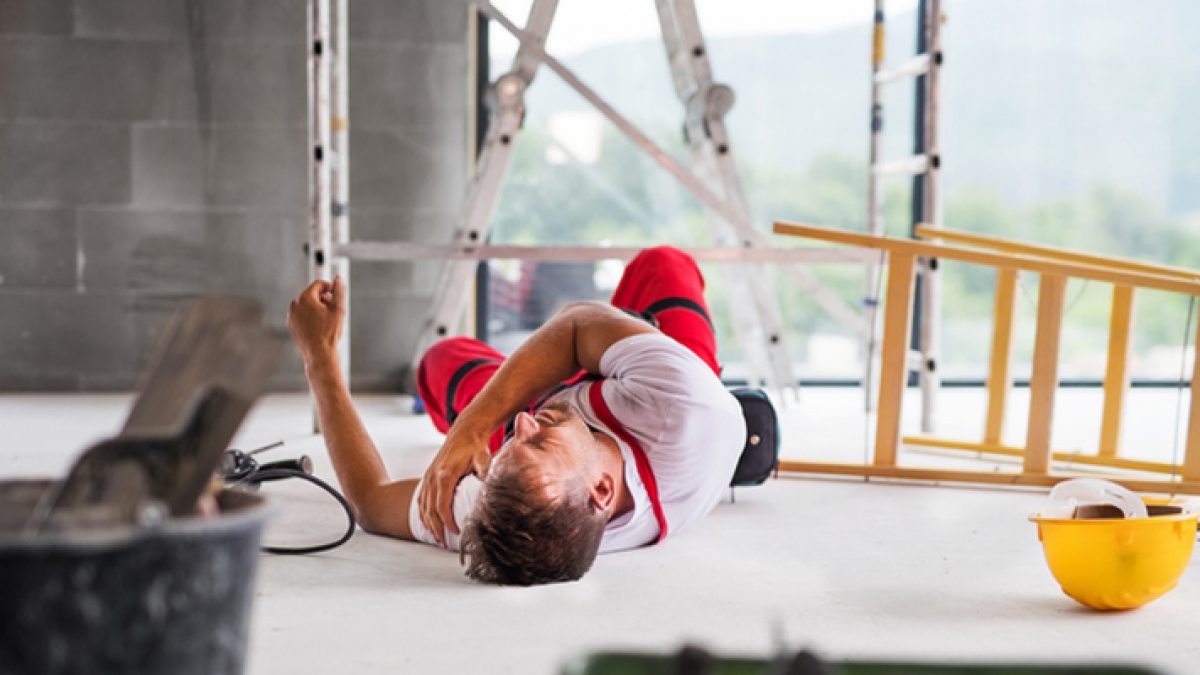In the bustling metropolis of Toronto, with its ever-changing weather and densely populated streets, slip and fall incidents are more common than one might think. These incidents can occur in various settings - from icy sidewalks to freshly mopped supermarket floors. Understanding the legal nuances of such cases is crucial, whether you are a victim seeking redress or simply someone looking to educate themselves.
Duty of Care and Liability
In Toronto, as in most jurisdictions, property owners or occupiers owe a "duty of care" to ensure that their premises are reasonably safe for visitors. This means that if a hazard exists on the property and it causes an injury, the owner or occupier might be liable. However, proving negligence isn't as straightforward as just showing that a slip and fall occurred.
To hold a property owner liable:
- There must be evidence that they were aware (or should have been aware) of the dangerous condition.
- They failed to take reasonable measures to rectify the situation or warn visitors.
- Time Limits for Filing a Claim
In Ontario, there's a limitation period for personal injury claims, including slip and fall cases. Victims typically have two years from the date of the incident to initiate a lawsuit. Missing this window can jeopardize the ability to seek compensation. Thus, consulting a Toronto lawyer promptly after an accident is crucial.
- Gathering Evidence
Collecting and preserving evidence is vital in strengthening your case. Photos of the scene, witness testimonies, and medical records documenting the injuries can be instrumental. Remember, conditions can change rapidly, especially in outdoor settings where weather plays a significant role. Hence, acting swiftly can make a difference.
- Comparative Negligence
Toronto courts often consider the concept of comparative negligence. This means that if a victim is partially at fault for their injuries, the compensation they receive might be reduced proportionally. For example, if someone was texting while walking and didn't notice a hazard, they might be deemed partly responsible for the accident.
- Compensation
Slip and fall cases can result in a range of injuries, from minor bruises to severe fractures or even traumatic brain injuries. Compensation can cover various damages, including:
- Medical expenses: Costs incurred for treatments, therapies, medications, and any future medical needs.
- Lost wages: If the injury caused the victim to miss work or reduced their ability to earn.
- Pain and suffering: For the physical pain and emotional trauma experienced due to the accident.
- Role of a Toronto Lawyer
A skilled Toronto lawyer plays a pivotal role in navigating the intricate maze of legalities. They can:
- Advise on the viability of the case.
- Help gather and preserve evidence.
- Negotiate with insurance companies.
- Represent the victim in court, if necessary.
While it's possible to proceed without legal representation, having an experienced lawyer significantly increases the likelihood of a favorable outcome.
Slip and fall cases in Toronto, like elsewhere, hinge on the intricate interplay of facts, evidence, and legal principles. Understanding the nuances ensures that victims get the justice they deserve and that property owners understand their responsibilities. Whether you're a victim or a concerned citizen, being informed is the first step towards a safer and more accountable community.


No comments yet